You have no items in your shopping cart.
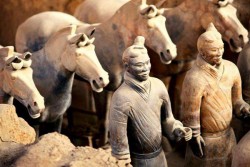

Introducing UNESCO World Heritage Sites in Xian
Being the capital city of China for almost a millennium of Chinese history, Xian is the birthplace of Chinese culture. Xian is also the eastern departure point of the Silk Road, thus a hub of diverse ethnic identities and religious beliefs. Seven sites in Xian and its surrounding areas are inscribed on the UNESCO World Heritage List. These are Mausoleum of the First Qin Emperor, Site of Weiyang Palace in Chang’an City of the Western Han Dynasty, Site of Daming Palace in Chang’an City of Tang Dynasty, Bin County Cave Temple, Great Wild Goose Pagoda, Small Wild Goose Pagoda, and Xingjiaosi Pagodas. The Mausoleum of the First Qin Emperor, including the Terracotta Warriors, was listed as World Heritage Sites in December 1987. The rest of these World Heritages Sites were listed as part of "Silk Roads: the Routes Network of Chang'an-Tianshan Corridor" in 2014. Each of Xian's UNESCO World Heritage Site has a tale to tell. Book GoGrandChina tour packages to learn the tales of Xian's UNESCO World Heritage Sites at the most affordable prices.
Mausoleum of the First Qin Emperor
The Mausoleum of the First Qin Emperor, was listed as UNECO World Heritage Site in December, 1987. Located at the northern foot of Lishan Mountain, 35 kilometers northeast of Xi'an, Shaanxi Province, Qinshihuang Mausoleum is the tomb of Emperor Qinshihuang, founder of the first unified empire in Chinese history during the 3rd century BCE. Begun in 246 BCE the grave mound survives to a height of 51.3 meters within a rectangular, double-walled enclosure oriented north-south. Nearly 200 accompanying pits containing thousands of life-size terra cotta soldiers, terra cotta horses and bronze chariots and weapons - a world-renowned discovery - together with burial tombs and architectural remains total over 600 sites within the property area of 56.25 square kilometers. According to the historian Sima Qian (c. 145-95 BCE), workers from every province of the Empire toiled unceasingly until the death of the Emperor in 210 in order to construct a subterranean city within a gigantic mound. As the tomb of the first emperor who unified the country, it is the largest in Chinese history, with a unique standard and layout, and a large number of exquisite funeral objects. It testifies to the founding of the first unified empire- the Qin Dynasty, which during the 3rd BCE, wielded unprecedented political, military and economic power and advanced the social, cultural and artistic level of the empire. The proudly unflinching, life-sized Terracotta Warriors discovered from the Mausoleum of the First Qin Emperor in 1974 were buried to guard his mausoleum. It is considered the eighth wonder of the world. Get more about Terracotta Warriors.
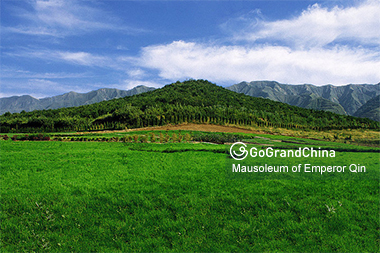
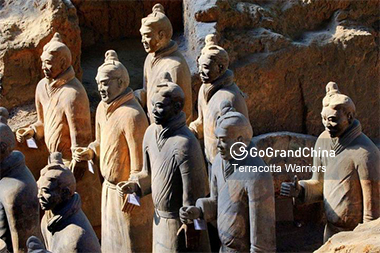
Big Wild Goose Pagoda
Big Wild Goose Pagoda was built in the 8th century AD to preserve the sutras and Buddhist figurines brought from India by Xuanzang via the Silk Roads. It is the earliest and largest one among extant square pavilion-style brick pagodas of Tang Dynasty. It also typifies the transmission and localization of Buddhist architecture along with the Buddhism dissemination in Central China. Da Ci’en Temple, where the pagoda locates, whose construction was instructed by the royalty and presided over by Xuanzang, was the most famous and splendid temple as well as one of the three major sutra translation centers in Chang’an city of Tang Dynasty. The Big Wild Goose Pagoda is a landmark for the Chang'an city which is among the initial cities of the Silk Roads. Get more about Big Wild Goose Pagoda.
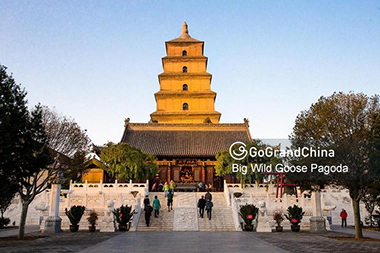
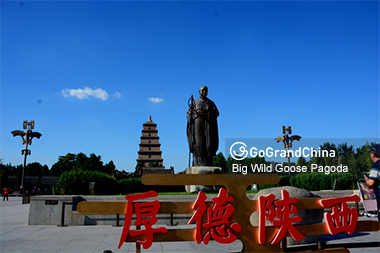
Small Wild Goose Pagoda
The Jianfu Temple, where the Small Wild Goose Pagoda was located in, was one of the three sutra translation centers in Chang’an City of Tang Dynasty and it also witnessed the history of eastbound transmission of Buddhism from India and the prevalence of Buddhism in Chang’an City of Tang Dynasty. Small Wild Goose Pagoda was built in the beginning of the 8th Century and well preserved to this day. As a dense-eaves brick pagoda, it offers precious evidence of the dissemination of the Buddhist architecture into Central China. Get more about Small Wild Goose Pagoda.
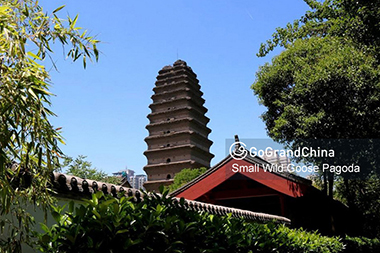
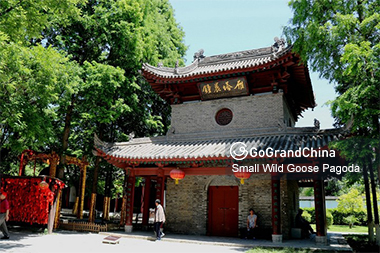
The Site of Daming Palace in Chang'an City of Tang Dynasty
Located in the Guanzhong Basin and in the north of Site of Chang’an City of Tang Dynasty, Site of Daming Palace is a site of imperial palace that represents the Chang’an City of Tang Dynasty, the east origination of the Silk Roads in its flouring period. It witnesses the civilization and ritual culture of an empire in the East when its agricultural civilization reached its crest. It also witnesses the significant momenturn that Tang Empire contributed to the development of the Silk Roads. Get more about the Site of Daming Palace.
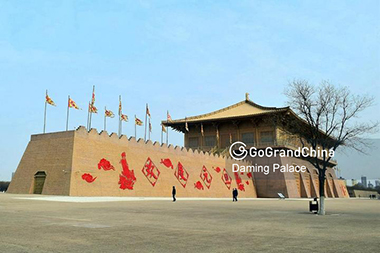
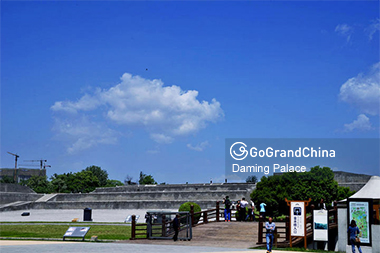
Xingjiao Temple Pagodas
Xingjiao Temple Pagodas preserve the Sariras of Xuanzang, the most eminent figure in the history of Buddhism dissemination, and his disciples. It showcased Buddhism's development after its arrival in Chang'an via the Silk Roads and its influence on Korean Peninsula. The three Xingjiaosi Pagodas buried three patriarchs of Vijnaptimātratā School (Weishi School), and the Xingjiao Temple is an important site of Vijnaptimātratā School in Buddhism and holds a great position in the history of Buddhism dissemination and cultural interchange between China and India. Get more about Xingjiao Temple Pagodas.
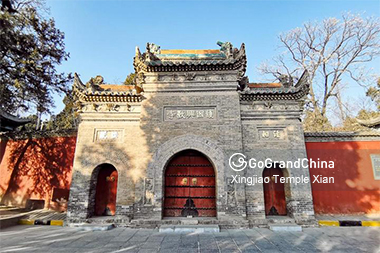
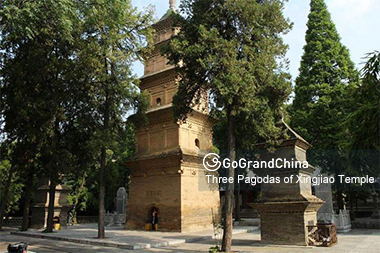
Bin Country Cave Temple
The Bin County Cave Temple is an important Buddhist Temple adjacent to Chang’an, capital of Tang Dynasty, built in 7th-10th centuries at the peak of Central China culture. With the largest clay sculptured Buddhist figure of Tang Dynasty in Chang’an city and surrounding areas, it embodied the transmission of buddha carving art from Central China and its prevalence in Guanzhong Basin. Get more about Bin Country Cave Temple.
The Site of Weiyang Palace in Chang’an City of the Western Han Dynasty
The Site of Weiyang Palace in Chang’an City of the Western Han Dynasty is the palace remains of the capital city of the Western Han Empire (2nd century BC-1st century AD) at the early period of the unified imperial history of China. Located in the southwest of the Chang’an City site in Guanzhong Basin of East Asia, the palace site stands on the earliest eastern starting point of the Silk Roads, demonstrating all the cultural characteristics of an early capital city for the unified empire of Chinese nation and witnessing the decisive role of the empire in the pioneering of the Silk Roads.